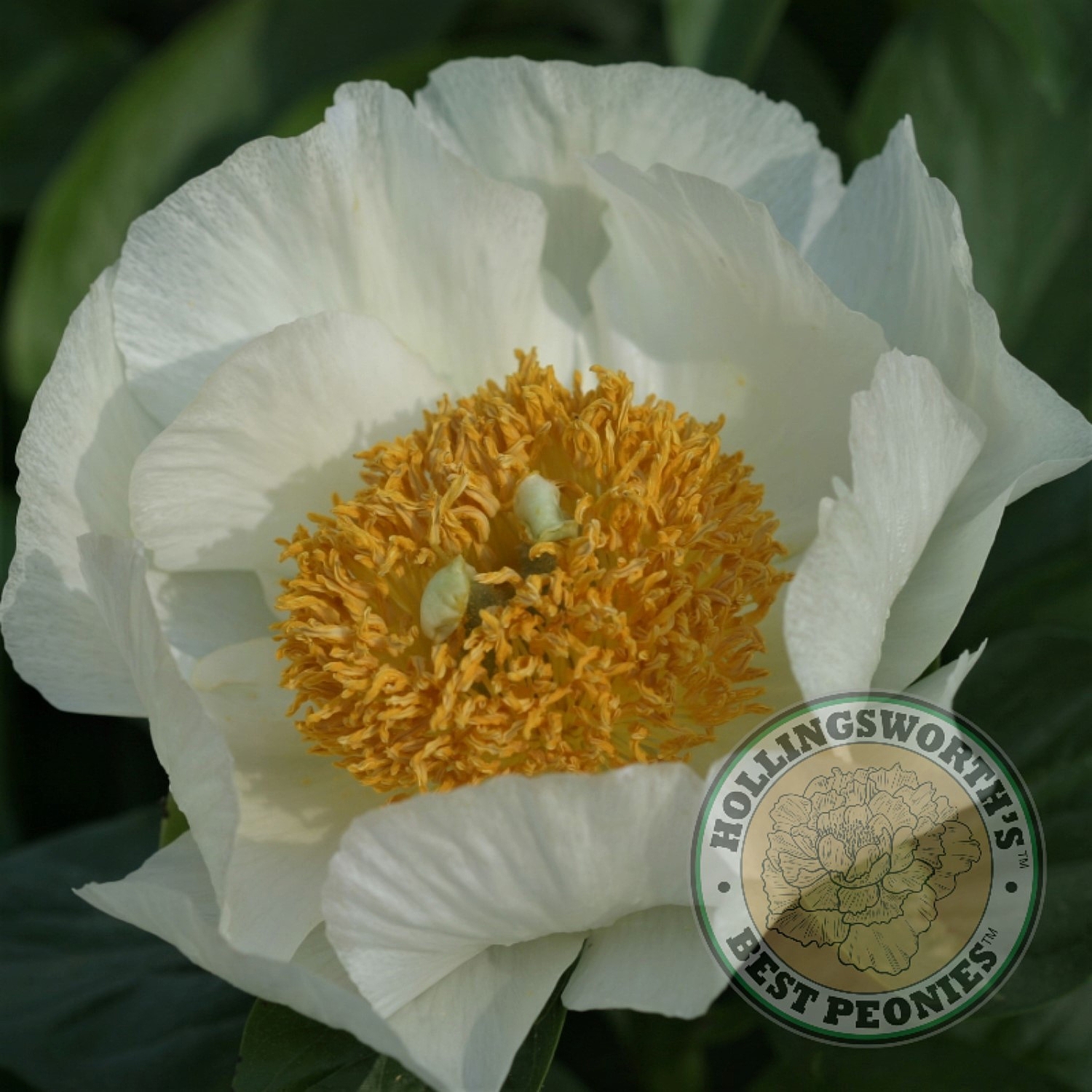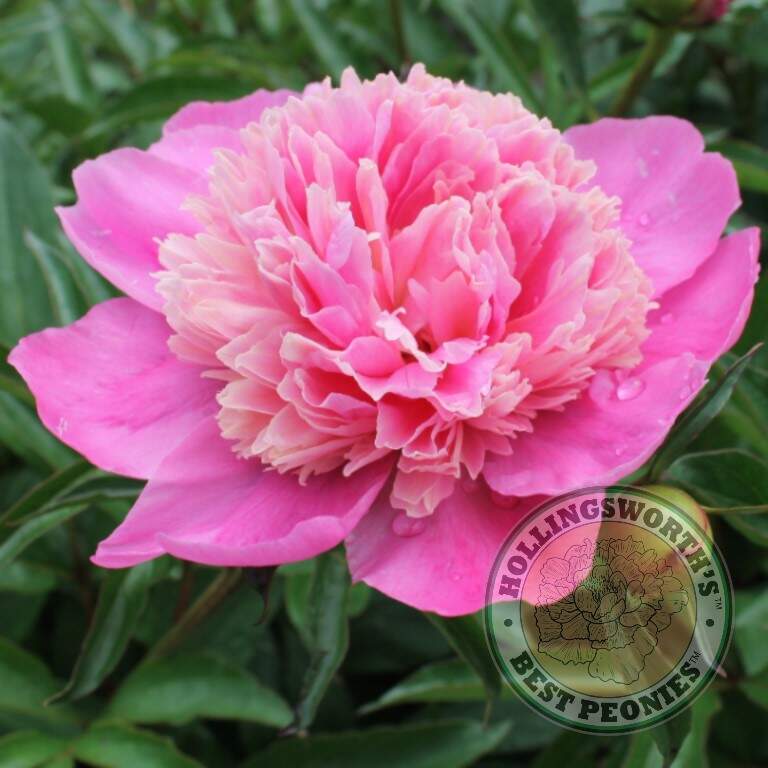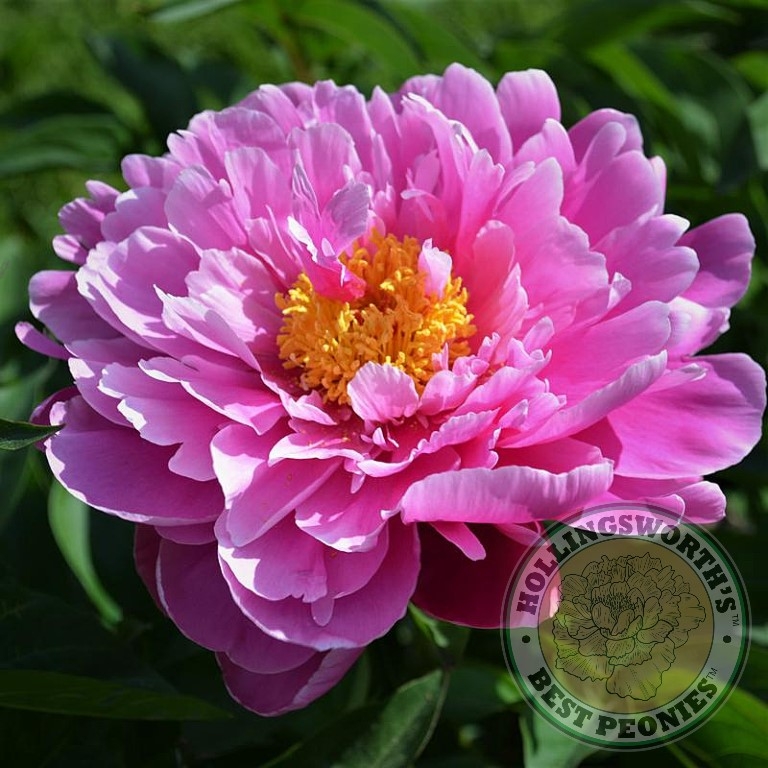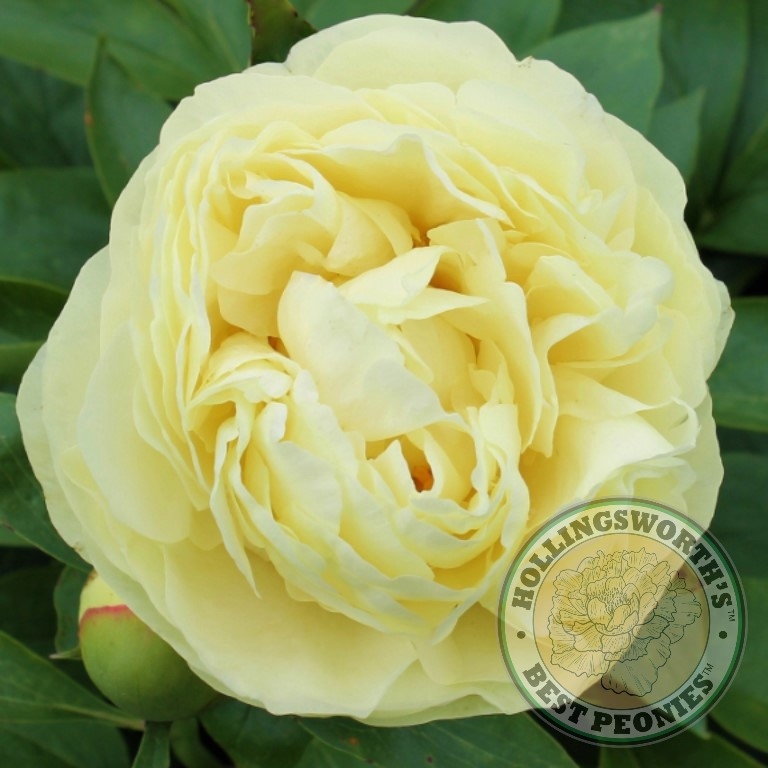Your cart is currently empty!
Flower Form

Explore Our Peonies
By Flower Form
The International Society for Horticultural Science (ISHS) and their designated registrar for the genus Paeonia (Peonies), the American Peony Society (APS) recognizes 6 distinct flower forms for peonies which are as follows: Single, Japanese, Anemone, Bomb, Semi-double and Double flower form.
Flower anatomy and flower form are an inherited trait and therefore constant throughout the plants of any given cultivar. The flower form is a cultivar specific trait. In newer, less established plantings, blossoms can appear smaller in size, with fewer petal count and the flower form can be variable. The plant produces a reduced flower at a young age or if stressed at a mature age. As the bush matures over time or stress factors are eliminated, the blossoms will advance in development and gain the typical flower form associated with a particular cultivar.
For more information please click the hyperlink (underlined and highlighted in red color) or
simply click the image of the variety you are interested in.
Single Form

The single flower is the most basic form observed in peonies. One or more rows of large petals surround a cluster of stamens. Peonies have complete or perfect flowers with both male and female parts present in one blossom. The androecium (male) and the gynoecium (female) are typically fertile, but not always. Some single flower form peonies are pollen free.
Japanese Form

This form is similar to the single flower type, except the stamens have been transformed into staminodes, petal-like segments which retain some of the yellow color of the stamen but normally do not release pollen. This kind of transformation is inherited as a recessive trait.
Anemone Form

Also similar to Singles and Japanese forms, except the stamen segments are further transformed into slender petals, called petalodes, often near the same color as the guard petals. This form is less constant, inasmuch as lesser advancement of the center segments may result in near Japanese form staminodes. Greater advancement may result in larger center segments and a Bomb form.
Bomb Form

By standard botanical definition, the bomb flower anatomy is identical to the singles, except the center petal segments. While smaller than the larger outer petals they are of the same texture and color density. Ideally, the center segments form a neatly tailored ball or mound, the “bomb”. The term bomb is said to have been adopted from “bombe” the name of a molded frozen desert popular after World War I. Initially, the bomb is small as the flower bud first opens and grows dramatically larger as the flower matures. Rarely, a cultivar that has two stage-double anatomy but also forms a neatly tailored bomb is exhibited in this class, notably ‘Madame de Verneville’.
Semi-Double Form

Also a flower-in-flower form, particularly in the Lactifloras, always having progressive stamen transformation, having a lesser quantity of inner petals and greater proportion of natural, pollen-bearing stamens. This results in a sufficiently large component of yellow stamens so that their yellow color is a prominent factor in the flower color. Oddly, perhaps, when a flower of this anatomy contains yellow staminodes instead of stamens, it may look similar, but does not meet the “pollen bearing stamens always prominent” condition of the Semi-Doubles classes. When an exhibition follows the rules, these end up a novelty in the Doubles classes.
Double Flower Form

This is the classic flower-in-flower peony form, sometimes described as “two-stage double,” some actually triple-stage, resulting in the most massive of peony flowers. Some of these also have the “all-over” stamen transformation of the Bombs, where no stamens can be found in the depths of the flower. When the individual instead carries “progressive transformation” of the stamen segments, there will be a more or less thin circle of natural stamens seen defining the inner margin of each component flower. Only rarely will carpels useable for breeding be found in these more massive flowers. Traditionally, pollen bearing stamens, when their presence is obvious, have been “frowned upon” for the doubles show classes.
